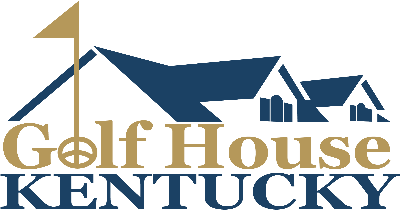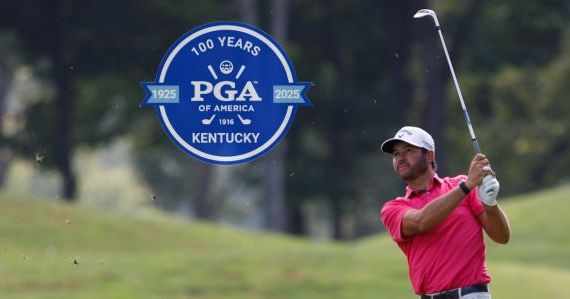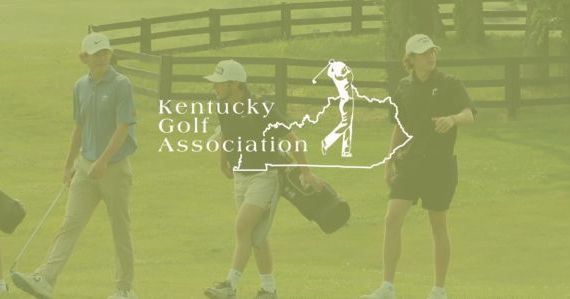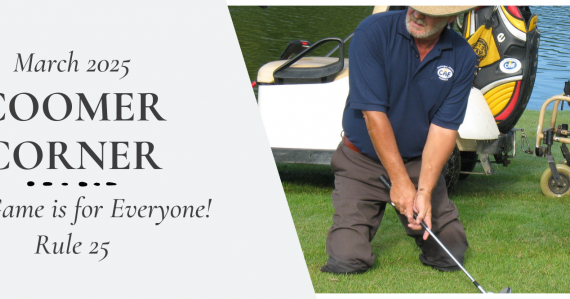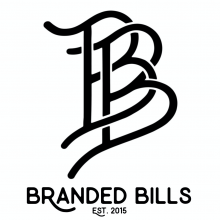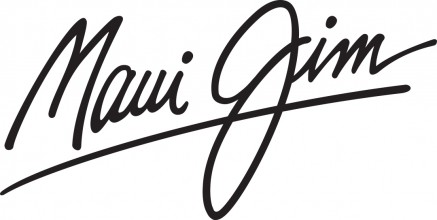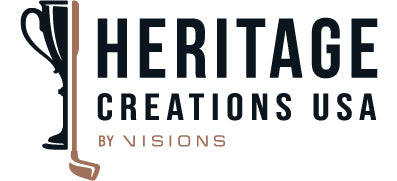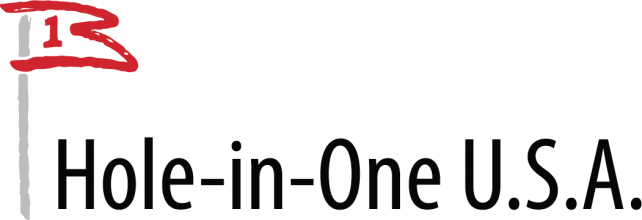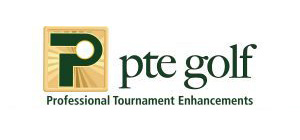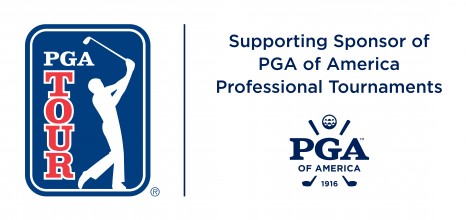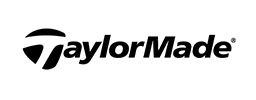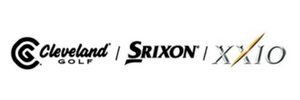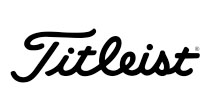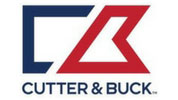
News
Coomer Corner - My Caddie Is Also A Financial Advisor!

My Caddie Is Also A Financial Advisor!
(Rules for the Game of Golf)
Of all the famous individuals we associate with the game of golf, many only need to be identified by one name. I am sure you recognize Jack, Arnie, Tiger, Justin, Jordan, Seve, Gary, Ben, and the list goes on. But unfortunately, there is one name that may not be on your list: Andrew Dickson. According to those who know a lot more golf history than me, which is easy to do, as a boy Mr. Dickson was the first named caddie recognized by the Duke of York in 1681 in the Duke’s golf match on Leith Links. He would later become a golf clubmaker.
Caddies are not only a player’s third arm, so to speak, but have become celebrities in their own rights. Jack’s caddie, Angelo Argea, was once asked what he did for Jack. Argea replied, "He asked me to do two things. When he's not playing well, one, remind him that he's the best golfer out there. And two, that there's plenty of holes left." Argea looped for Jack for 20 years and 73 victories and earned himself a spot in the 1999 Caddie Hall of Fame.
Tiger’s caddie, Steve Williams, was said to have made enough money from his share of Tiger’s winnings, he would have been in 2nd position in the earning standings on tour.
Of course, “Bones” Mackay has not only been on the bag for Phil Mickelson and Justin Thomas but has added his expertise as a commentator and analyst for TV.
The opportunity to showcase this important aspect of the game leads us into the next rule of golf in our series. Rule 10 includes the responsibilities and the limits of a caddie to the player. We will see that carrying clubs and giving advice are only a few things that are on the caddies list.
Preparing for and Making a Stroke; Advice and Help; Caddies is the formal title of this rule. It may seem elementary to swing the club backwards and then take a swing to strike the ball, but the rule defines much more in detail how that is done. First you must always fairly strike the ball with the head of the club so there is only momentary contact, and the club cannot push, scrape, or scoop the ball. If for some reason the club hits the ball more than once, only the stroke is counted, and no penalty is applied.
If you are now or have ever used a “long putter” you are aware of the restrictions that have been put in place under the “Anchoring the Club rule.” In summary, the rule states that you may not hold the club or gripping hand against the body or use an Anchoring Point to stabilize the hands when making a stroke with a putter. The USGA has some great infographics for referencing this item.
Unless you’ve seen a video clip of Sam Snead on the putting green lately, you probably haven’t seen any violations for standing on the line or standing across the line of play. Snead’s famous “croquet style” putting was extremely successful for him as he started aging. It seemed the USGA was not so enthused and shortly after his success the rule was changed in 1968 to eliminate that style of putting.
Even though almost every player will stand across his own line of play during every round, he is doing so to avoid standing on another player’s line. The rules make room for such gentlemanly acts of kindness in this regard.
This rule also answers the question what happens if I play a moving ball? The bad news is that the penalty for playing a moving ball is a two-stroke penalty. The good news is that it doesn’t happen very often and there are exceptions to the rule. Those are as follows:
1. Player begins the backswing of the stroke.
2. Ball falling off tee.
3. Ball moving in water.
Now we’ll get back to the caddie and players dealing with advice. The player must not get or give advice from or to anyone in the competition playing on the course or touch another player’s equipment to get information that would be advice. In stroke play, the penalty would apply to both participating parties if the advice is shared. In match play, the first player to ask for or offer unauthorized advice will be penalized with loss of hole.
You are now aware that there should be no one standing behind you prior to your swing to assist you. This is now called the “restricted area.” It is permissible for a caddie to be in that area to assist you with help other than aiming, such as checking to see if your club will hit a nearby tree or such. They must move away from the area before the player backs away and resets themself for the next stroke begins.
The player is allowed just one caddie and they can be changed at any time. One situation that does not apply is to change the caddie for the sole purpose of getting advice on a temporary basis. The caddie’s duties include carrying clubs, giving advice, and helping in other ways. We see the caddie raking bunkers, retrieving divots, cleaning the ball after it has been marked and lifted and other actions at the player’s discretion. As a player, remember it is your responsibility to do all these chores in care for the course. Be sure you are aware of any local rules concerning the caddie such as using a golf cart and whether a non-playing occupant of that cart is designated as a caddie. You’ll want to ask the committee your options in that scenario.
Whether you’re a parent carrying clubs for your children, a teammate acting as a caddie for a fellow member or utilizing a full time caddie, it’s best to know what is allowed by the organization conducting the event so you can rest easy that you are not violating any event rules or conditions.
You may be one of the fortunate players to hire a good caddie but be careful when you ask them if the last ball you hit is in bounds. He may say “not yet, sir!”

